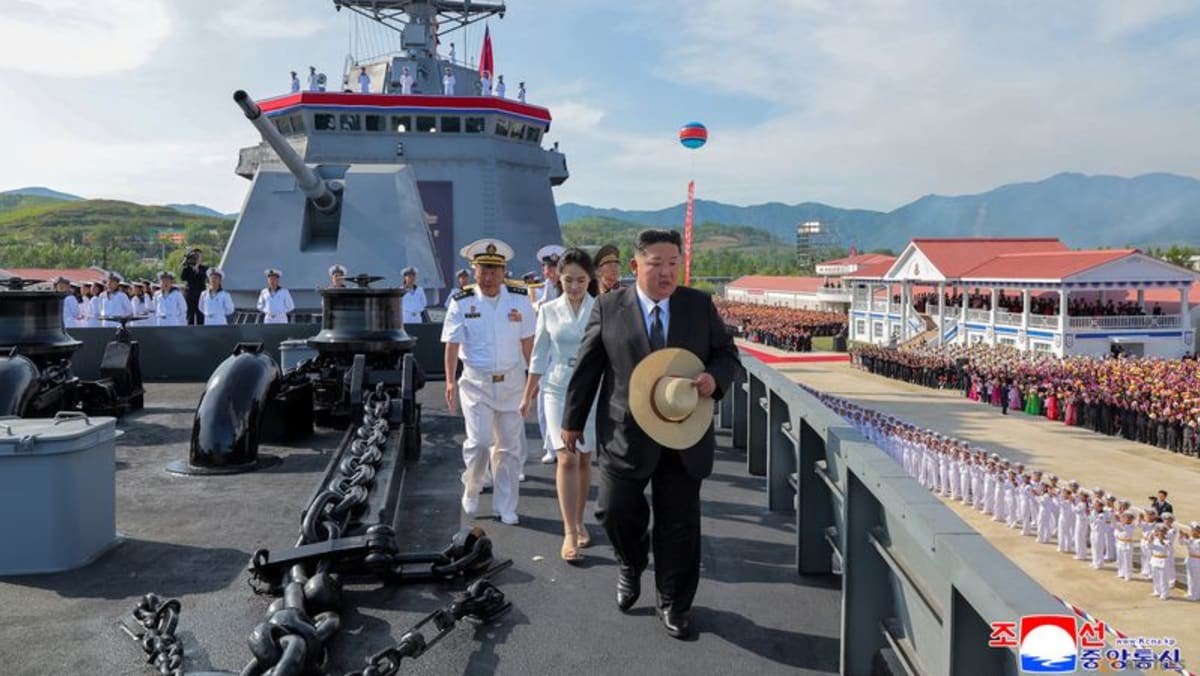NO ROLE IN ASYMMETRIC WARFARE STRATEGY
Pyongyang began to shift attention to modernising conventional naval forces in the second half of 2023, when Kim warned of the “unstable waters” off the Korean peninsula and demanded a major improvement in “the modernity and fighting capacity of the Navy”.
When Kim visited Vladivostok, he toured a frigate of the Russian Pacific Fleet. North Korea subsequently built a new naval base and expanded existing shipyards to accommodate larger and more sophisticated naval vessels. It launched both the first and the second Choe Hyon Class destroyer in the newly expanded shipyards.
However, North Korea’s naval modernisation programme doesn’t make military sense. The country has long adopted an asymmetric warfare strategy to compensate for its lack of quality. Nuclear-tipped missiles, nuclear-powered submarines, and long-range artillery allow Pyongyang to credibly threaten Seoul’s political survival. The redundancy, hardening and concealment of those deterrents prevent South Korea from launching a counterforce strike. A sound naval modernisation programme should supplement those deterrents.
The Choe Hyon Class destroyers are equipped with a vertical launch system, which can carry tactical ballistic missiles or land attack cruise missiles. But they do not have a role within an asymmetric warfare strategy.
North Korea cannot mass produce and maintain a great number of destroyers (to put things into perspective, South Korea has 13 destroyers). Unlike weapons on land, ships cannot be hidden in mountainous terrain to ensure their survival, or concealed underwater like nuclear-powered submarines. Warships make an easy target, so there is little sense in them carrying nuclear-tipped missiles when North Korea can put them on more survivable platforms.
